- News
- Reviews
- Bikes
- Accessories
- Accessories - misc
- Computer mounts
- Bags
- Bar ends
- Bike bags & cases
- Bottle cages
- Bottles
- Cameras
- Car racks
- Child seats
- Computers
- Glasses
- GPS units
- Helmets
- Lights - front
- Lights - rear
- Lights - sets
- Locks
- Mirrors
- Mudguards
- Racks
- Pumps & CO2 inflators
- Puncture kits
- Reflectives
- Smart watches
- Stands and racks
- Trailers
- Clothing
- Components
- Bar tape & grips
- Bottom brackets
- Brake & gear cables
- Brake & STI levers
- Brake pads & spares
- Brakes
- Cassettes & freewheels
- Chains
- Chainsets & chainrings
- Derailleurs - front
- Derailleurs - rear
- Forks
- Gear levers & shifters
- Groupsets
- Handlebars & extensions
- Headsets
- Hubs
- Inner tubes
- Pedals
- Quick releases & skewers
- Saddles
- Seatposts
- Stems
- Wheels
- Tyres
- Health, fitness and nutrition
- Tools and workshop
- Miscellaneous
- Tubeless valves
- Buyers Guides
- Features
- Forum
- Recommends
- Podcast
OPINION
How to smash an ultra-distance bike race: riding the 600km Race The Pearl in Sri Lanka
 Credit: Race The Pearl
Credit: Race The PearlAs well as visiting my expat in-laws, I went to Sri Lanka to win a 600km cycle race. I also planned to break the course record and with that, take the sub 24h Pearl Jersey. Spoiler alert, I did it all. Bragging aside, these preparation tips might help you get on top of the variables and smash it in an ultra-distance cycle race.
It’s early afternoon, 34c with 100% humidity and I’m kneeling down in a silty monsoon puddle fixing a puncture. I’m 230km into a 600km ultra-distance cycle race in Sri Lanka called Race The Pearl. I’m fighting with a tubeless plug for the first time ever, more worried that I’m about to skewer my father-in-law’s thumb than about being able to finish the race. In the two years I’ve used tubeless tyres I’ve not used a plug. This is one variable I was not prepared for. The hole was too big to seal by itself.
> How to eat right for sportives and long rides
After about 20 minutes I was off down the road, only to make it 100m before hearing an almighty bang and that horribly obvious puncture sound – the rotating hiss. Blue sealant was sprayed all over the rear of my bike. The road surface looked like Predator had taken a hit there. My support vehicle pulled up as I upended my bike and I took out an inner tube. Another first, fitting a tube to a tyre absolutely covered in slimy-sticky tubeless sealant! I saw second place cruise by, cool on his aerobars.
A support vehicle for one of the relay teams stopped and out jumped the Sri Lankan Air Force head mechanic. He took over fitting my tube only to find that it had a slash in it. I think in the two years it lived in my saddle bag it had rubbed up against my multi tool. It was a goner. I had given my other spare to my sister in-law who had an admin failure and hadn’t brought any. I looked back up the road to see if she was coming and I saw third place ride past. I took a seat in my support car and waited 10 or 15 minutes for her, fitted the tube and I was off, pushing a fair pace to try to claw back some of the hour or so I had lost.
Yes this article is about managing variables, but this story neatly illustrates something I found more important - conscious positivity.
Tip one: At any time during this hour stop it would have been easy to give into the pressure and think, “This is sh**!” “Any damn fool can make themself miserable.” A saying of one of my support crew’s grandfather. One of my two support crew, Reed, told me this the night before the race and I kept saying it to myself throughout the next day (and the next). What I mean by conscious positivity echoes this. If you dwell on what is making you down, you’ll spiral downward and find it harder to come back up. When faced with the tubeless puncture, I remained positive and proactive. I knew where everything was I needed to get back on the road so I got on with it methodically.
Tip two: Pack well and know where your stuff is. The event I did was supported by a car for each rider or relay team, largely due to the danger from elephants and exposure from the climate. You may not have the same support so plan ahead and pack well. If you’re running tubeless in a supported race, I recommend taking a spar. Also a gear cable. My sister in-law spent the last 160km without her rear derailleur. Chapeau to her for finishing third!
Tip three: Mental preparation is obviously key to conscious positivity. For months I had envisaged taking the win but it wasn’t just a nice daydream. You’ll need to picture what you’re doing at every stage of the race. I had envisaged fighting with a tubeless plug. I ran through the process of repairing a snapped chain. I thought about what to do if I came off my bike and needed first aid. I was also prepared to pull out of the race but not without a (calm) fight. All of these steps made it easier to fight on the day as I had a clear head to focus on pace and nutrition.
> Going the distance — learn how to build up to an epic ride
This mental preparation extended to making a spreadsheet which broke down the five legs. For each I had my target pace, based on the elevation over that distance and the effect of heat, light/dark and fatigue. Calculated from this was the perceived time of day to finish each leg and my nutritional requirements. As well as timing allowances for the checkpoints, I included an hour buffer which still took me comfortably inside the previous course record. On leaving the puncture site after 59 minutes I therefore knew I was OK, barring further incidents.
Chunking is also crucial to races like this. This wasn’t so much a 600km race but a race of five legs between checkpoints. Breaking up the race is a great way to envisage the next stage. I laid out my Garmin screen to show the lap distance and distance to the next stop. I would then tell myself silly things like, “It’s 21:45. That’s nearly midnight. And when it’s midnight, there are two more legs (of weekend ride distance!) and then it’s downhill until dawn.” I also set up my Garmin battery to last ages.
Tip four, training and nutrition: You do not need to be cycling hundreds of kilometres every weekend to take on a long race. Seriously. You do need a good base built up over some years of consistent cycling though. I would argue that if you can happily ride four or five hours without feeling spent when you get home, then you can finish an ultra-distance race. The longest ride I did this year was 200km four months before this race, a casual Tour de France stage which I wrote about here.
Consistency is key and you will need to put in some focussed training. I recommend one or two punchy sessions per week (on the turbo if you can - I swear by Wahoo SYSTM) to maximise your aerobic capacity, elevate your leg strength, boost your body’s ability to do work and condition it to suffer. These should focus on short, high intensity efforts (30 seconds to five mins max). Remember to focus on pedalling efficiency too. A longer ride of lower intensity on the weekend will enable you to consolidate those gains. Get some slow recovery rides in too. Commuting or even cross training with gentle running or swimming will help.
For context, due to the time demands of having two kids (a two-year-old and a two-month-old at the time of the race), I hoped to manage two, 1 hour turbo sessions and ideally a 3-4 hour tempo ride; if not, then 1.5 hours on the turbo. The tempo ride and longer turbo weren't ideal as it pressured by body into getting stronger by giving it more of a medium taxing load, rather than allowing it to gain fitness and strength under less biologically taxing means, by giving it more volume of a lower intensity. Training for the Uphill Athlete is a fantastic book detailing the biology of how our bodies adapt to training load and the science of structured training, intervals and recovery.
Following a training block of three weeks build and one week recovery really helps you to see the progression of your fitness. Periodising your training into blocks over months will also enable you to see your strengths and weaknesses to target, and interweave some other smaller events into your training calendar. You are only as good as the training you put in, and that absolutely needs to include rest and recovery. As a dad I can vouch for this; if I have a bad night sleep, I’ll drop the session the next day and just let it go. Similarly, if you fall ill or feel exhausted after some hard training, back off. Rest and recovery is more beneficial than slogging away as you’ll put yourself more at risk of illness and injury. And… stretch!
Two friends advised me against caffeine. One was in the army and the other a seasoned endurance rider, so I took their advice based on their experience. They both warned me about the “roller coaster” effect of caffeine, saying that the mental crash is worse than physical fatigue from a sugar crash. I didn’t touch it.
I did, however, eat a lot. Possibly more than I needed but crucially, I ate in small portions. If you’re thinking about eating, eat. Your subconscious is telling you that you’re running low. For longer distances you’ll need some proper food and you’ll welcome savoury foods.
For context, I consumed six litres of water and nine litres of OTE electrolyte (26 tabs, approx 22g of salt!), 12 OTE Duo Bars, 10 OTE Super Gels (40g carbs) and some bananas. At the checkpoints I also had sandwiches and kottu roti, a Sri Lankan special of spicy fried veg and shredded roti.
Tip five, kit: You don’t need all the fancy instagrammable looks, but what you cannot do without is a decent pair of bibs (or two) as I used over 600km. I love Biehler as they are progressively sustainable, high performance – top quality chamois and durable, recycled materials – as well as looking cool in an understated way.
I used a Flock Light rear light which uniquely also illuminates your legs, making you look more noticeable as a vulnerable human and striking a chord with drivers behind you. I can’t recommend this enough. You’re so much more obvious without just being blindingly bright.
Tip six: As night draws in and you become tired your mind will wander. Let it. You never know what of the world’s troubles you might solve. Oddly, I didn’t think of much apart from the road ahead, nutrition and cuddling my kids at the finish line.
I was prepared to repeat odd words, recite nonsense or sing the same sentence on repeat. I was also prepared for the hallucinations. Be ready for these if you’re riding at night. They occur when your brain’s normal processing of visual and auditory information becomes blocked, in this case by tiredness and the veil of darkness masking much of what we can see in daylight. Your brain rushes to make sense of what it is struggling to process and when the usual synapses don’t fire, it takes a left turn at normality and lands at the first thing it can find.
For me, I saw countless people lurking at the side of the road waiting for buses, two kids in an embrace dancing round in a circle, a giant rabbit (I mean giant, house sized, which a was tree), a huge white snake (which was the white line at the side of the road) and a bunch of nonsense I stared at until my brain realised that it was all just the shadows cast by my support car through foliage by the side of the road. The noise from the frogs was deafening, as if I was cycling through a Hollywood movie set. This helped snap me back to reality from time to time.
Due to the monsoon and constant sweating, the clear glasses I wore at night were horribly grimy. Wiping them would just make it worse. The veneer of filth did no favours for my sleep deprivation-induced hallucinations. With each passing car, motorbike and the blinding lights of buses and trucks, their headlights would create a kaleidoscope of concentric amber, purple and green. Be careful not to veer into the light like a bug! And then ready yourself for the bow wave of air which will hit hard when you’re tired, in several directions at once.
Tip seven: Beware of accidental napping. You won’t know you’ve had a microsleep until you jerk your head up. At least two people came off their bikes and ended their race because of this. I would drop my head to give my neck and shoulders a rest and all of a sudden, the lines at the side of the road were pointing a totally different direction. I had napped for less than a second. Also, when you’re tired and especially at night, any non-riding specific movement is likely to really put you off balance. Simply moving your head to the side to stretch your neck may make you swerve significantly.
Tip eight: Pay attention to the road and your GPS. This may be a little specific to this race but at the most inopportune moments there seemed to be a pothole, a dog sleeping in the road or the end of smooth tarmac, just illuminated by the lights of my bike and my support vehicle in time for me to take action.
After hours of my Garmin beeping at me to tell me to turn, eat, turn, eat, go straight, go straight again, I became a little unaware of it. Or perhaps it became selective in its notifications. Subsequently took a few wrong turns, signified by rapid tooting from my support vehicle, omnipresent behind me.
Tip nine, self preservation: I could go on for hours about how to prep for a massive event. I’ll close with a note about self-preservation. At some point after dark I left one of the checkpoints and spent a good hour or more wondering if I was suffering from chest pains. I’ve done enough triathlons, tough training sessions and punchy weekend rides with friends to know what going hard feels like. This was different.
I dropped my effort significantly, trying to reduce the tension-like feeling in my chest. I figured it was a combination of a tired diaphragm (I’d never spent more than 12 hours riding before) and some kind of heartburn caused by a particularly spicy khotu roti at the last checkpoint. After the puncture I gave it some beans to make back some of the lost time, so perhaps I’d over done it. It turned out to be benign and after the final checkpoint I dropped the hammer. I made a 40-minute lead over second place (over the 142km) who had come into that checkpoint just minutes after me.
Tip ten, gratitude: These kind of events take dedication from more than you as the rider. My in-laws were tireless in organising the logistics for Race The Pearl and for this I am eternally grateful to these two legends. Jonquil for being Directeur Sportif and Simon for also driving behind me for 20 hours and 42 minutes at less than 20mph. Imagine that. Reed too, a new-found friend for us on this trip, without whom I wouldn’t have been passed all of my nutrition through the car window, pro peloton style, as well as numerous pep talks from both. Final thanks goes to my fiancé Jo, for her tireless patience while I turboed over lunches and disappeared most Saturday mornings for rides. Now it’s time to relax with the family. Please no one ask me to join them in any races in the near future!
As well as Sri Lanka being a top holiday destination, with amazing food, people, culture, beaches and surf, Race The Pearl is a qualifier for Race Across America (RAAM). Just saying...
Check out Toby’s route on Strava and give him a follow on Instagram
Toby is a triathlete and "cyclist" (who doesn't shave his legs), skier, trail runner and a lover of all things involving elevation. He rides a Merida Reacto Force for going fast and an NS Bikes RAG+1 for anything less fast. A family man, currently laying low on the bike scene...
More Opinion
Latest Comments
- Rendel Harris 54 min 22 sec ago
Best Bogart voice: "Ilsa, I'm no good at being noble, but it doesn't take much to see that the problems of where to watch cycling don't amount to a...
- ChrisA 55 min 11 sec ago
I'm mising the point here. Why are there (permanant) barriers across the cycle path. It's like a 10 foot section of road where motorists are told...
- SecretSam 1 hour 44 min ago
I've just bought a second hand Mason but that 105 mechanical Strael looks a seriously good deal. Deeply pretty bike and I love the company ethos.
- andystow 5 hours 6 min ago
Ok, just noticing this on my own bike. The rear wheel I bought from wheelbuilder.com. The front I rebuilt on my existing SON hub with a rim ordered...
- hawkinspeter 9 hours 35 min ago
Looks to me like they crashed into a "give way" sign
- jamesha100 10 hours 20 min ago
This is so sad but also so sadly familiar. I am not sure whether more punitive sentences - e.g. life driving bans - would make any difference but...
- chrisonabike 10 hours 40 min ago
Probably. But ... applied / enforced by whom? (See Private Eye's "Rotten Boroughs" page for evidence of how well that might work).
- Miller 11 hours 5 min ago
Because the reframing work in post is a right pain in the neck, the reframed quality doesn't match normal action cams, because the cameras are...
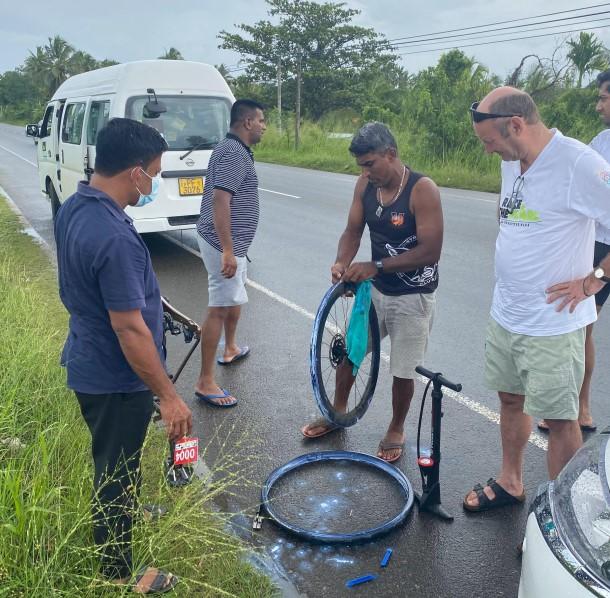
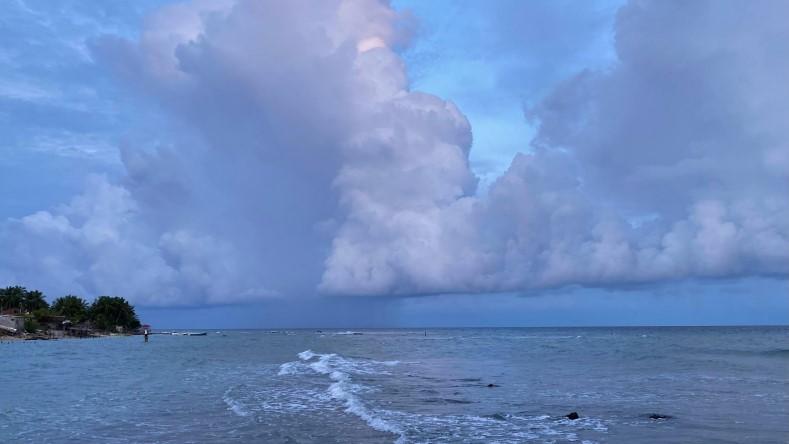
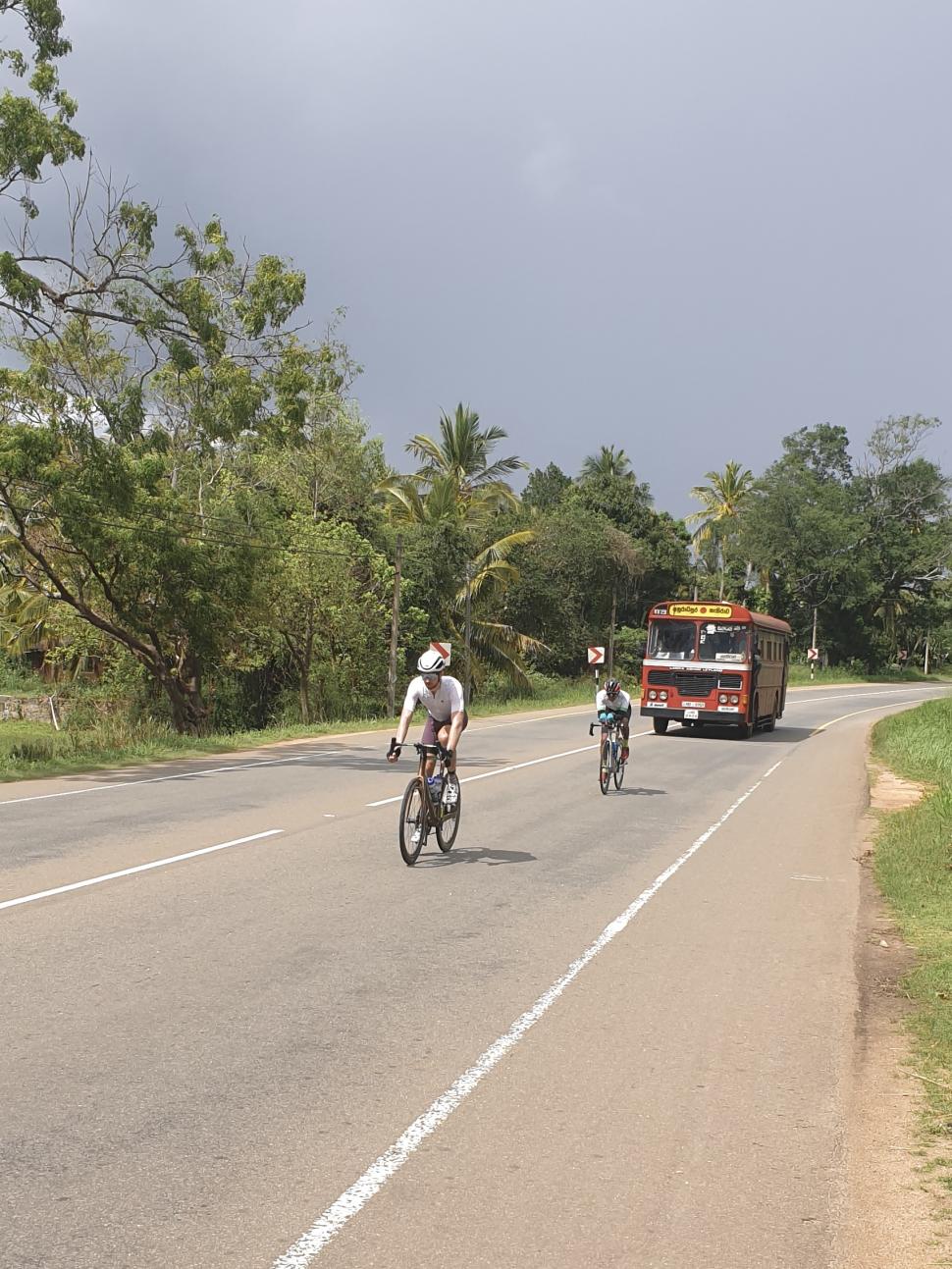
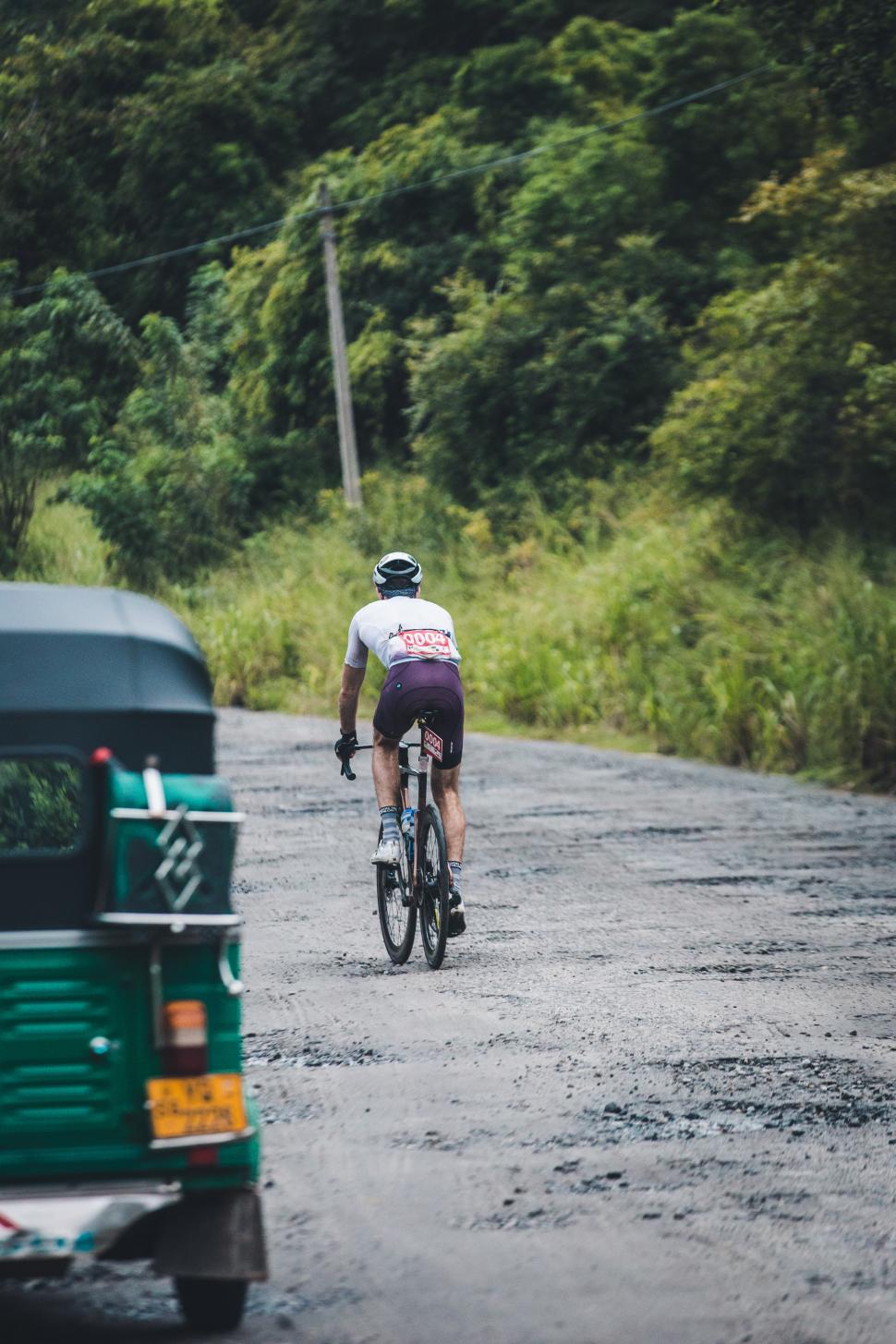
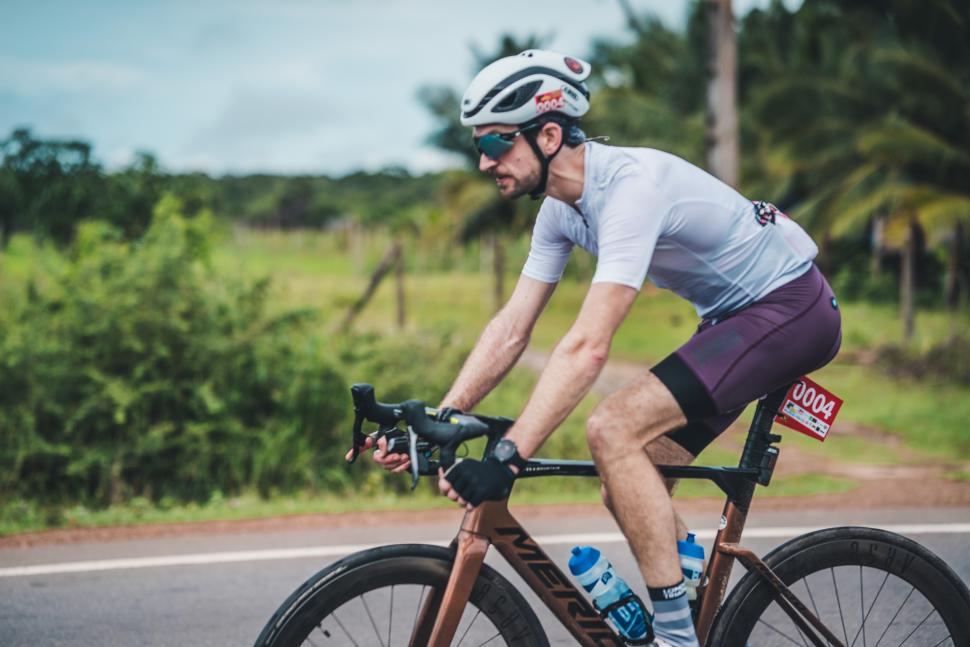
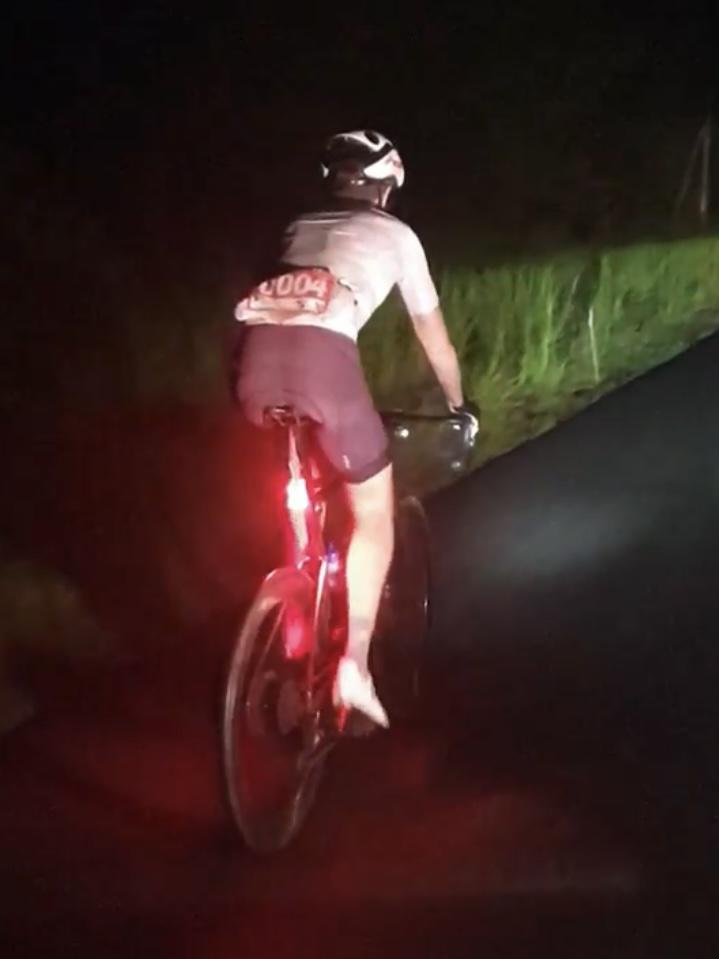
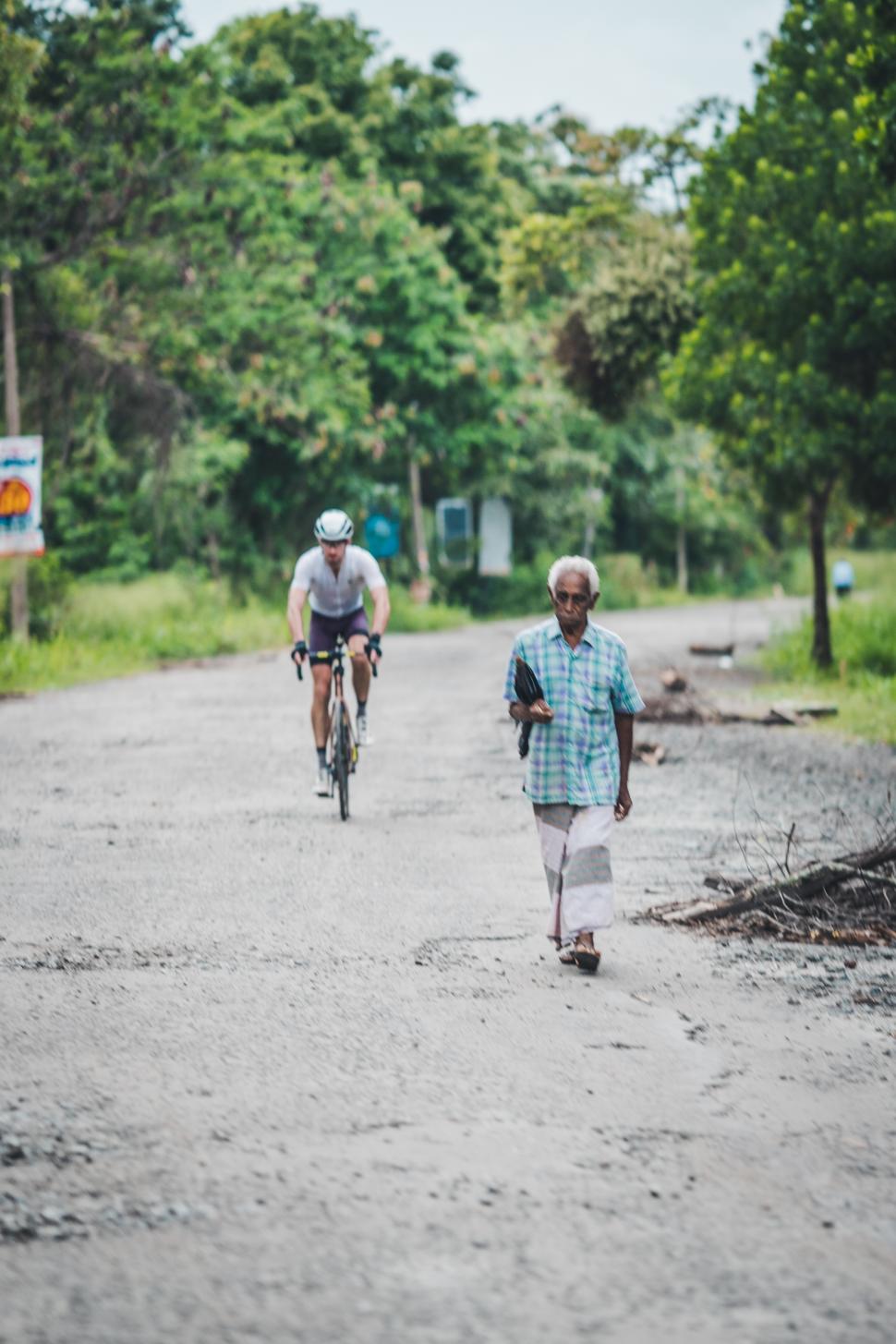

Add new comment
9 comments
We are having 1200 km race in june 25
come here)) you can register at ascendarmenia.com
Thanks for sharing. Looks stunning!
Re: Flock Light? How did you get one? Was it a tester as they don't seem to be available at the moment.
It's a pre-production tester. They have completed funding and they're available to pre-order ahead of next October. Find out more here - https://bit.ly/3VS6BNH
Are you planning any further updates on this, particularly around your training? I'd love to know more about how you structured your week alognside work and parenting.
Hi David. I may get around to this next year. In the meantime:
- I turboed at lunch while working from home which helped massively. My fiance is also a keen cyclist. She is therefore very understanding of the need to train and the desire to ride. Her view is that if one of us can train they may as well. As she was pregnant/is breastfeeding, I got to train.
- I obviously do as much parenting as possible to give her some free time. It's been lovely doing early toddler breakfasts and bedtime. Ultimately, the scales are tipped in my favour which is why I have no race plans next year.
- Naturally, every parent's situation is different. So you'll have to see what workd for you and your family. Most of my training this year was done while my eldest was at nursery and my youngest was not yet born. That meant weekday training had little impact to us as a family.
- Last year I did two triathlons which, in my view, demands more training than just cycling. I turboed early in the morning once a week before my son and partner were up. That also gave no impact on family time. If your lifestyle (and mindset allow), I would recommend this.
Super Toby. Well done
congrtulations Toby and thanks for the great story.....so many of those tips will work well at much less intensive/long rides